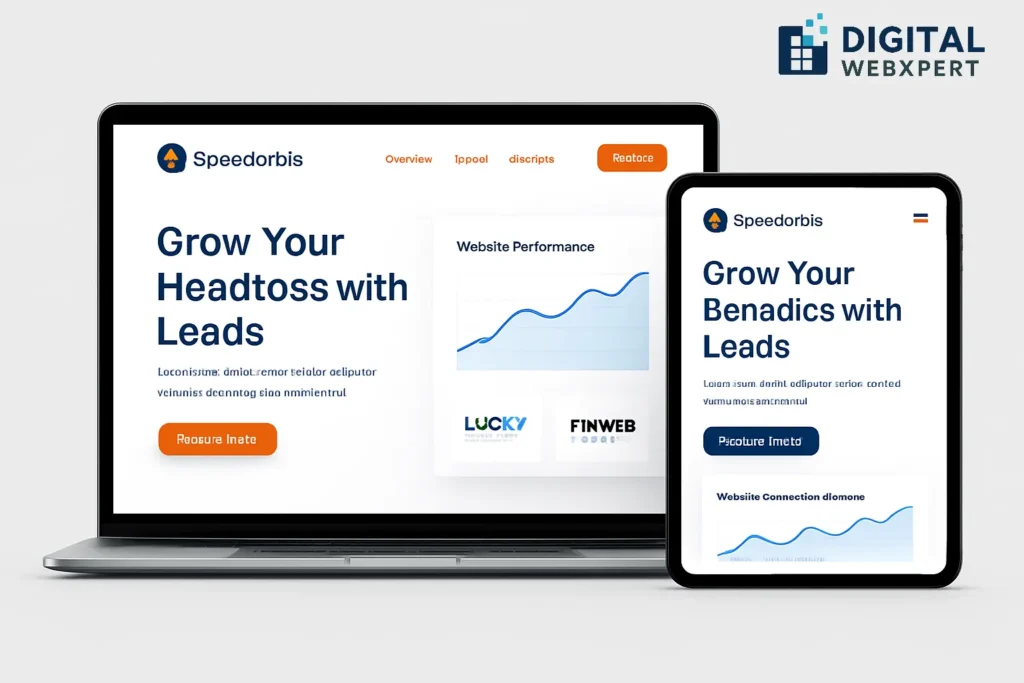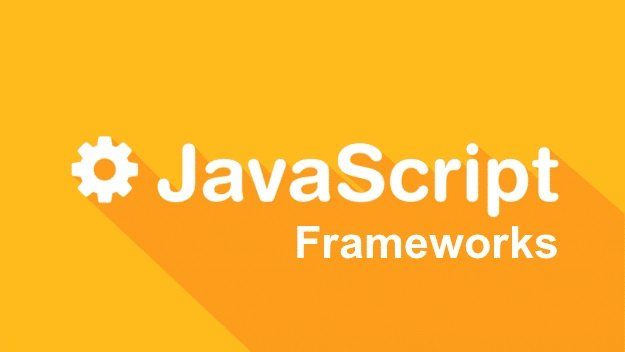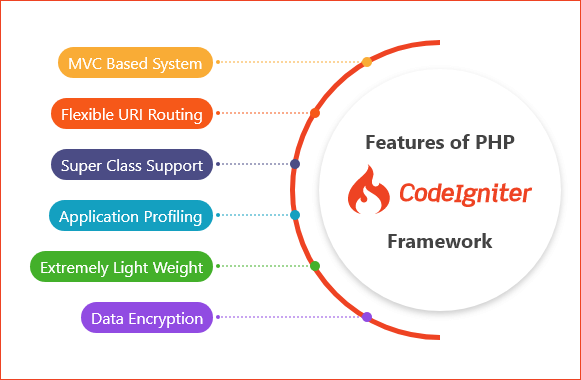Fast loading websites do much more than impress tech experts—they grow your business and win you more customers. In today’s digital world, users expect instant experiences. For small business owners, startups, agencies, eCommerce sellers, and nonprofits, your site’s speed can be the difference between a sale and a lost lead.
Studies show even a 1-second delay in website load time can decrease conversions by up to 20%. When your site loads quickly, you delight customers, boost SEO rankings, and multiply sales. This guide explores why fast loading websites are essential for growth—plus actionable steps to optimize your own site.
Why Fast Loading Websites Convert More Customers
1. Users Want Instant Experiences
Modern buyers have short attention spans. Fast loading websites grab users instantly, reducing bounce rates and keeping visitors engaged.
2. Speed is an SEO Ranking Factor
Search engines prioritize fast loading websites. Google measures Core Web Vitals like Largest Contentful Paint (LCP) and penalizes slow pages, meaning fast sites climb higher in results.
3. Mobile-First Matters
On mobile, speed is even more crucial. Fast mobile sites see much higher engagement, lower abandonment rates, and more purchases—vital for eCommerce and B2B services alike.
4. Higher Conversion Rates
Fast loading websites build trust. Customers who experience quick, seamless navigation are more likely to fill forms, download resources, or complete purchases.
5. Reduced Bounce Rates
Every extra second your site takes to load increases how many users leave without taking action. Fast sites keep visitors interacting with your brand.
How Slow Websites Cost You Sales
| Problem | Business Impact |
|---|---|
| 1+ second delay in load time | Up to 20% drop in conversions |
| Slow checkout speed | Higher cart abandonment |
| Poor mobile performance | 53% of visitors leave after 3s delay |
| Lower Google ranking | Less organic traffic, higher ad costs |
| Bad UX on high traffic pages | Lost leads, negative brand perception |
The Science of Speed: Key Stats
79% of online shoppers are less likely to purchase from a site again if they experience performance issues.
Websites loading in under 2 seconds have up to 50% higher conversion rates.
Mobile sites loading within 1–2 seconds are 3x more likely to retain visitors than those taking 5+ seconds.
The Anatomy of Fast Loading Websites
1. Minimal, Clean Code
Use lightweight frameworks (e.g., modern WordPress themes, static site generators)
Compress and bundle CSS/JS files
Eliminate unused code and plugins
2. Optimized Images & Media
Serve hero images at proper sizes (using WebP or AVIF formats)
Enable lazy loading for off-screen images
Compress images before uploading
3. Efficient Hosting & CDNs
Choose high-performance hosting (VPS, cloud, or managed WordPress)
Use Content Delivery Networks (CDNs) to serve content globally
Enable HTTP/2 or HTTP/3 for faster transfers
4. Smart Caching & Preloading
Set up browser and server caching (expires headers, object cache)
Use prefetching for key resources
5. Mobile-First Responsive Design
Optimize layout for mobile devices (thumb-friendly navigation)
Reduce pop-ups and blocking scripts on mobile
How to Build a Fast Loading Website: Step-by-Step Guide
Step 1: Audit Your Current Speed
Use tools like Google PageSpeed Insights, GTmetrix, or Lighthouse
Identify problem areas (large images, render-blocking scripts, server response)
Step 2: Optimize Images & Assets
Compress images with tools like TinyPNG, Squoosh
Use next-gen formats (WebP, AVIF)
Serve scaled images and enable lazy loading
Step 3: Minimize Code & Scripts
Combine and minify CSS & JS files
Remove unused libraries and plugins
Defer non-critical JS to load after rendering
Step 4: Leverage Browser & Server Caching
Use plugins (WP Rocket, W3 Total Cache for WordPress)
Set proper cache headers
Step 5: Upgrade Hosting & Use a CDN
Move to servers with SSD storage and modern PHP/Node versions
Use a CDN to serve static files closer to users
Step 6: Enable GZIP & Brotli Compression
Compress HTML, CSS, JS on the server for faster load
Step 7: Monitor & Ongoing Testing
Regularly track speed metrics with automated tools
A/B test changes and measure impact on conversions
Best Practices for a Fast Loading Website
Limit plugins/scripts to only those essential for function
Use icon fonts or SVGs instead of image sprites
Host videos externally (YouTube, Vimeo) and embed responsively
Preload key resources with
<link rel="preload">Enable HTTP/2 or HTTP/3 on your server
Replace sliders and carousels with static hero images for faster first paint
Fast Loading Website Checklist
| Element | Quick Test | Must-Have Optimization Tip |
|---|---|---|
| Homepage Load Time | < 2 seconds (test tools) | Compress & lazy load all images |
| Mobile Performance | Score 90+ in PageSpeed | Simplify layout, limit plugins |
| Server Response Time | < 200ms | Upgrade hosting, enable caching |
| Page Size | < 2MB total (ideally <1MB) | Minify code, trim large images |
| Core Web Vitals | Green metrics in Search | Optimize LCP, FID, CLS |
Key Performance Tools
Google PageSpeed Insights: Analyze speed and detailed improvement actions
GTmetrix: Deep visual speed breakdown
Lighthouse: Chrome DevTools audits for Core Web Vitals, accessibility
WebPageTest: Test from multiple regions/devices for real users
Frequently Asked Questions: Fast Loading Websites
Q: How fast should my website load?
A: Under 2 seconds is ideal; under 3 seconds is the industry standard for conversions.
Q: Is speed more important on mobile or desktop?
A: Equally important, but mobile users are less forgiving. Mobile-first optimization is now critical.
Q: Can site speed affect my SEO?
A: Yes, slow sites rank lower on Google and have far lower organic traffic.
The ROI of Fast Loading Websites
Higher customer retention: Fast sites keep users engaged and returning.
Better Google rankings: Speed is a key factor in search visibility.
Improved brand reputation: Fast performance signals professionalism.
Increased sales and leads: Customers trust fast, frictionless experiences.
Conclusion: Win More Customers with Fast Loading Websites
In 2025 and beyond, fast loading websites are the foundation of every successful digital business. Whether you’re a small business, eCommerce brand, agency, or nonprofit, website speed is a direct path to higher conversions, stronger brand loyalty, and better sales results.
Invest in speed optimization now—turn your website into a high-converting, 24/7 sales machine.
A Guide to Secure Web Development: Protecting Your Site and Users



